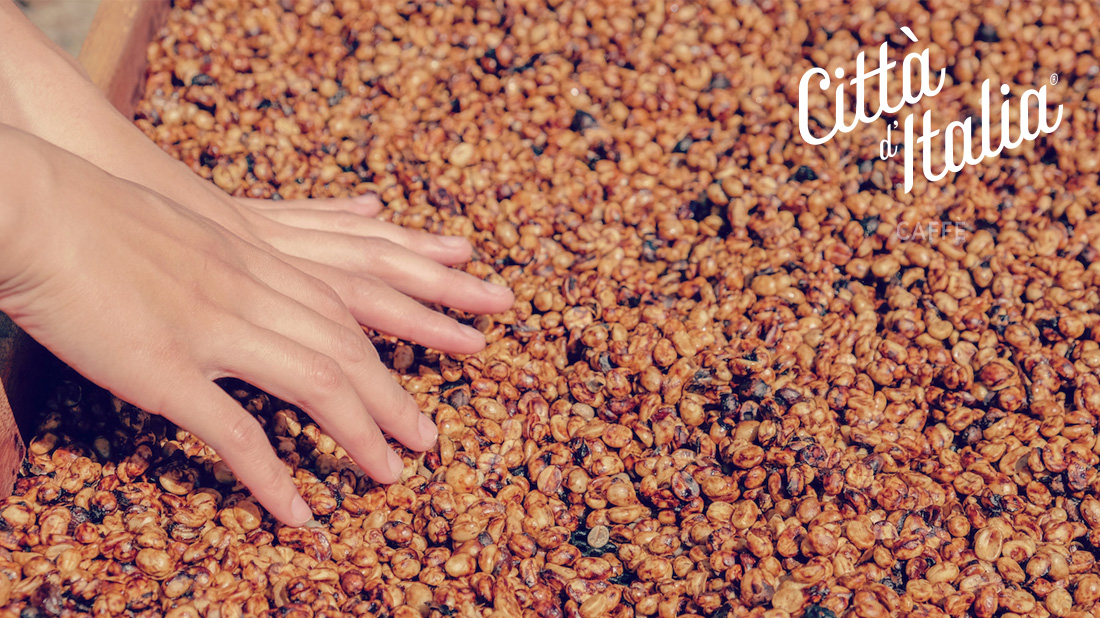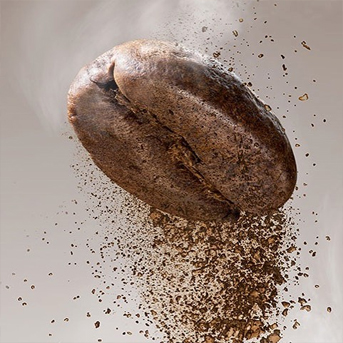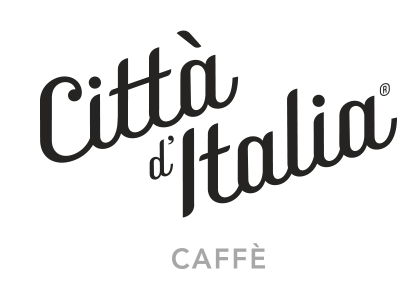COFFEE PROCESSING: HONEY METHOD

High quality coffee beans, roasted in a way that better empower their sensory profile: in the Specialties line of Città d’Italia Caffè stands out the single-origin Colombia Washed Arabica Caturra Honey, a coffee with a creamy body, fruity, with chocolate hints, citric acidity, sweet residue, whose name can intrigue due to the reference to honey. The word “honey” refers to a coffee processing method and may be misleading, indeed honey is not involved at any stage of the process. Thus, the word honey is used because of the viscous consistency of the mucilage in contact with the coffee beans surface during the process. Mucilage is rich in acids and sugars, that once absorbed by the bean, will influence the final coffee flavor.
Originally from Costa Rica, where it has been studied to improve the coffee quality, the honey method has broadly widespread in recent years and represents a middle ground between the natural method and the washed method.
During the harvest ripe drupes are carefully selected. Within 12 hours from the harvest the drupes are freed from the peel by machines and the coffee beans still covered by mucilage are dried in the sun as in the natural method.
The drying stage is crucial for the honey method. The coffee beans in the sun are continuously turned until the desired humidity percentage is reached.
The percentage of mucilage in contact with the coffee beans varies and determines, not only a different color of the grains, but also a complexity of different flavors. Indeed, almost always in the description of a coffee processed with the honey method is pointed out the name of a color that can be white, golden, yellow, red or black. The difference lies in the different layer of mucilage and specifically for the white honey is about 10%, for the golden honey is about 25%, for the yellow honey is about 50%, for the red honey is about 75% and for black honey is almost 100%.
The higher the percentage of mucilage, the longer the drying stage will be; intensity and variety of aromas will be more intense and complex.
The honey method is particularly widespread among specialty coffees and now that we know clearly how it works we can approach with greater awareness a new taste whose processing belongs to the honey method and not only. Let’s talk about the brand new blend by Città d’Italia: BLEND 2020. It will be presented at Sigep 2020 after a long research and development that is the result of the union of some of the most finest specialty single-origins, giving to consumers an explosion of aromas and tastes rare, unique and incredible that can only leave a distinctive sign on the coffee lovers palate.









